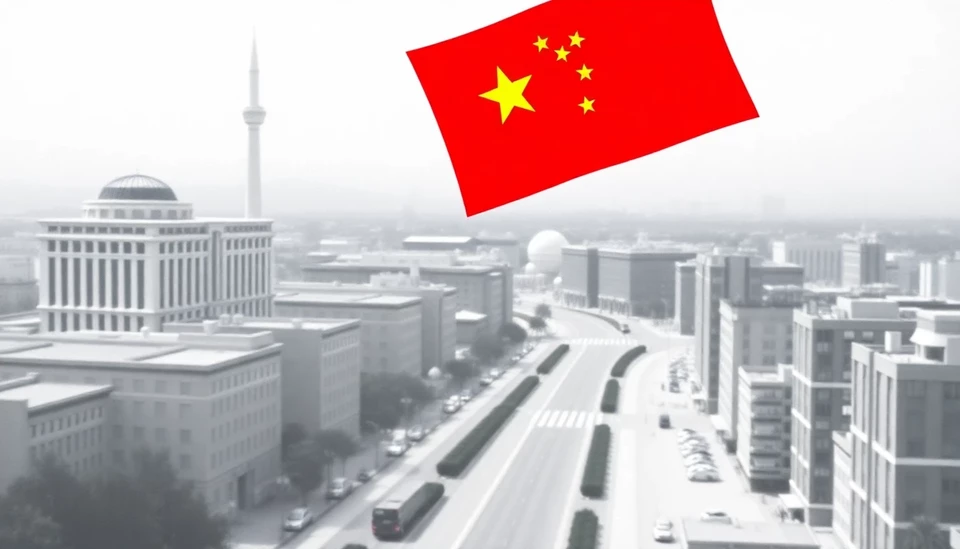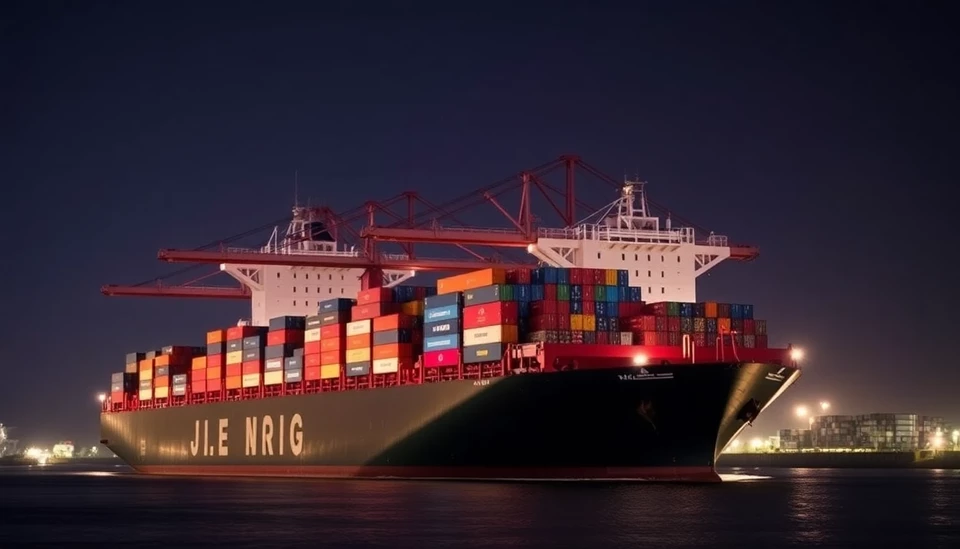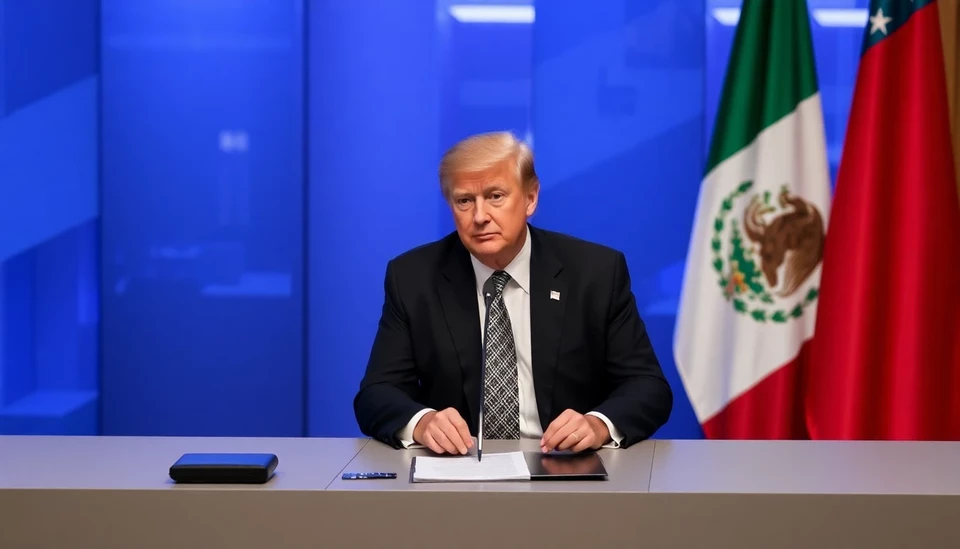
In a bold strategy aimed at reshaping its import landscape, Mexico has announced a series of nearshoring incentives designed to decrease the nation’s dependency on Chinese goods. These measures come as a response to the ongoing disruptions in global supply chains and the accelerating trend of companies seeking alternatives to China for manufacturing and logistics.
The Mexican government is prioritizing policies that encourage foreign direct investment and bolster domestic production. This initiative is expected to attract firms looking to relocate their supply chains closer to the United States, thereby reducing shipping times and costs while also easing supply chain vulnerabilities. The shift aligns with Mexico's broader economic goals and the Plan for Resilience and Economic Recovery that was established in response to pandemic-induced economic challenges.
Officials from Mexico's Ministry of Economy unveiled details of the new framework that includes tax benefits, streamlined customs procedures, and logistical support for companies seeking to establish operations within Mexico. The goal is to make the country an appealing destination for manufacturers from various sectors—including electronics, automotive, and textiles—who have traditionally sourced materials from China.
Moreover, these efforts are part of a larger global trend where businesses are reevaluating their supply chains due to geopolitical tensions, rising shipping costs, and regulatory pressures. By offering competitive incentives, Mexico hopes to position itself as a key player in a post-pandemic economic landscape where resilience and agility are paramount.
Industry experts are optimistic about the potential impact of these initiatives. They suggest that Mexico's proximity to the U.S. market, coupled with existing trade agreements such as the United States-Mexico-Canada Agreement (USMCA), will enhance its competitiveness as a nearshoring destination. Additionally, the quality of Mexico’s labor force and its robust manufacturing infrastructure provides an alluring prospect for many international companies.
As part of this new incentive program, the Mexican government is also focusing on improving workforce training and development to ensure that the local population is equipped with necessary skills for modern manufacturing jobs. This is seen as a crucial step to not only attract businesses but also to support economic growth and job creation in the region.
Critics, however, have voiced concerns about the execution of these plans, particularly regarding potential regulatory hurdles and the need for consistent implementation across various levels of government. There are also questions about how effective these measures will be in the long term, especially if companies remain hesitant to shift their operations away from well-established Chinese suppliers.
In conclusion, Mexico’s commitment to enhancing its nearshoring capabilities signifies a critical moment in the global supply chain narrative. As the country seeks to present itself as a favorable alternative to China, it could drastically transform economic relations in North America and potentially reshape international trade dynamics moving forward.
#Mexico #Nearshoring #ChinaImports #SupplyChain #ForeignInvestment #USMCA #EconomicGrowth
Author: Daniel Foster




